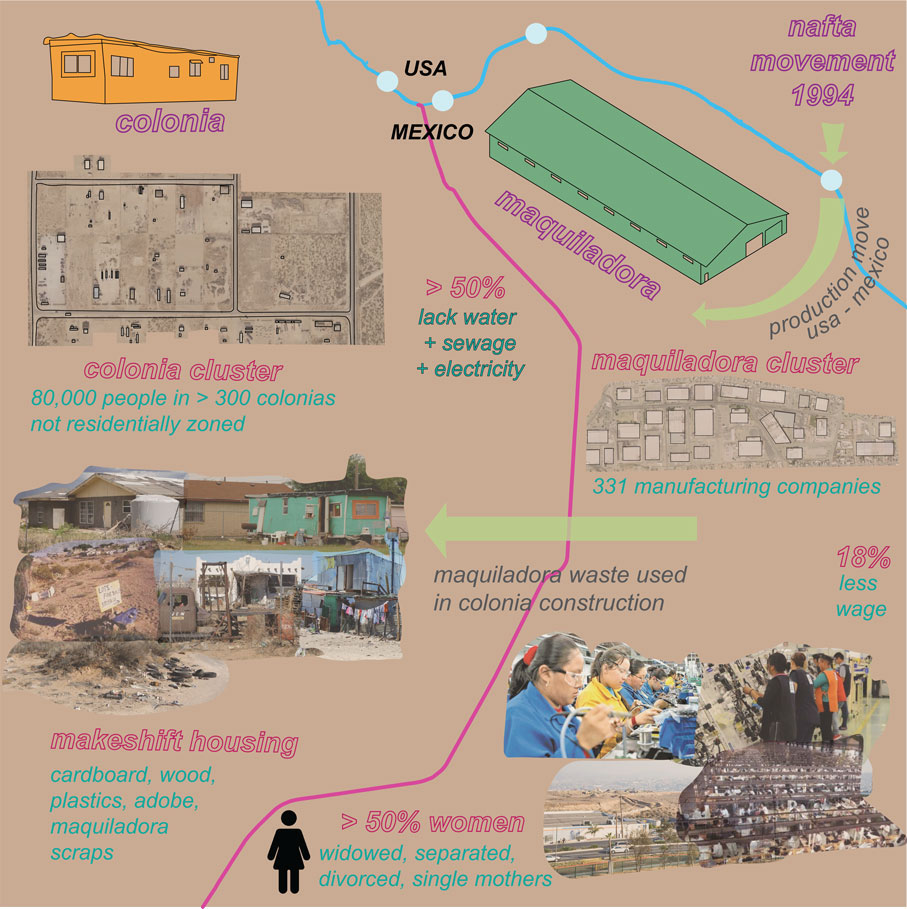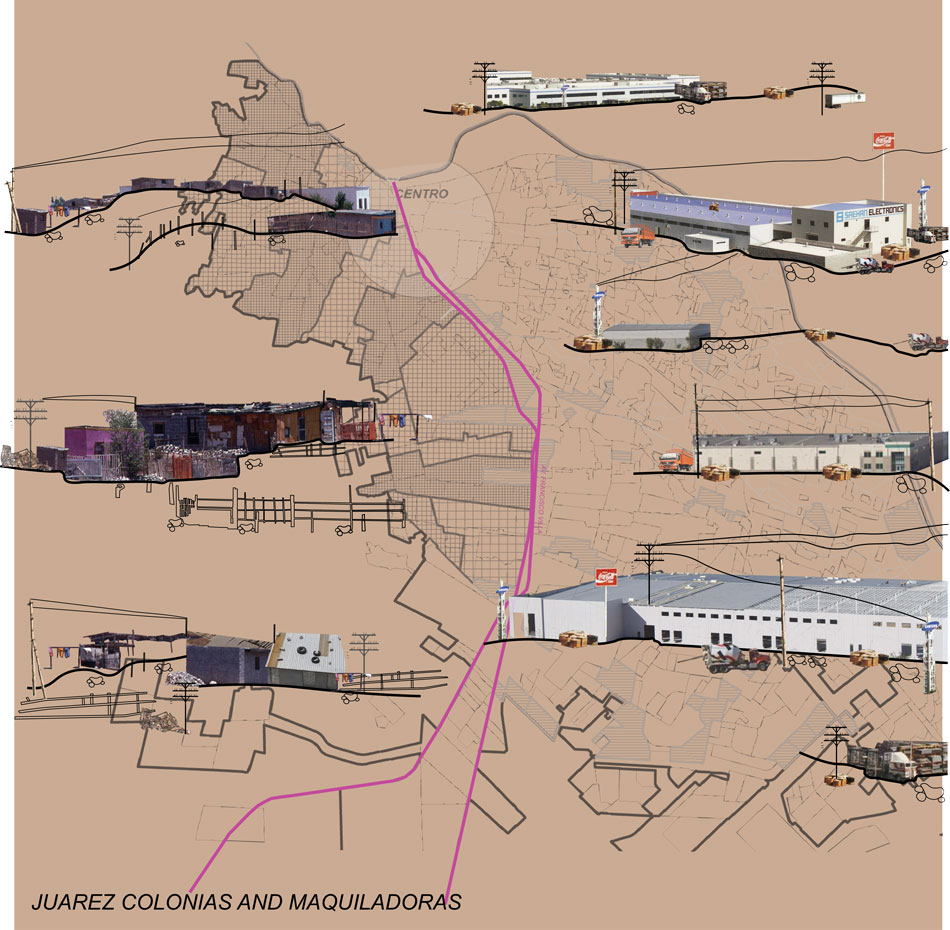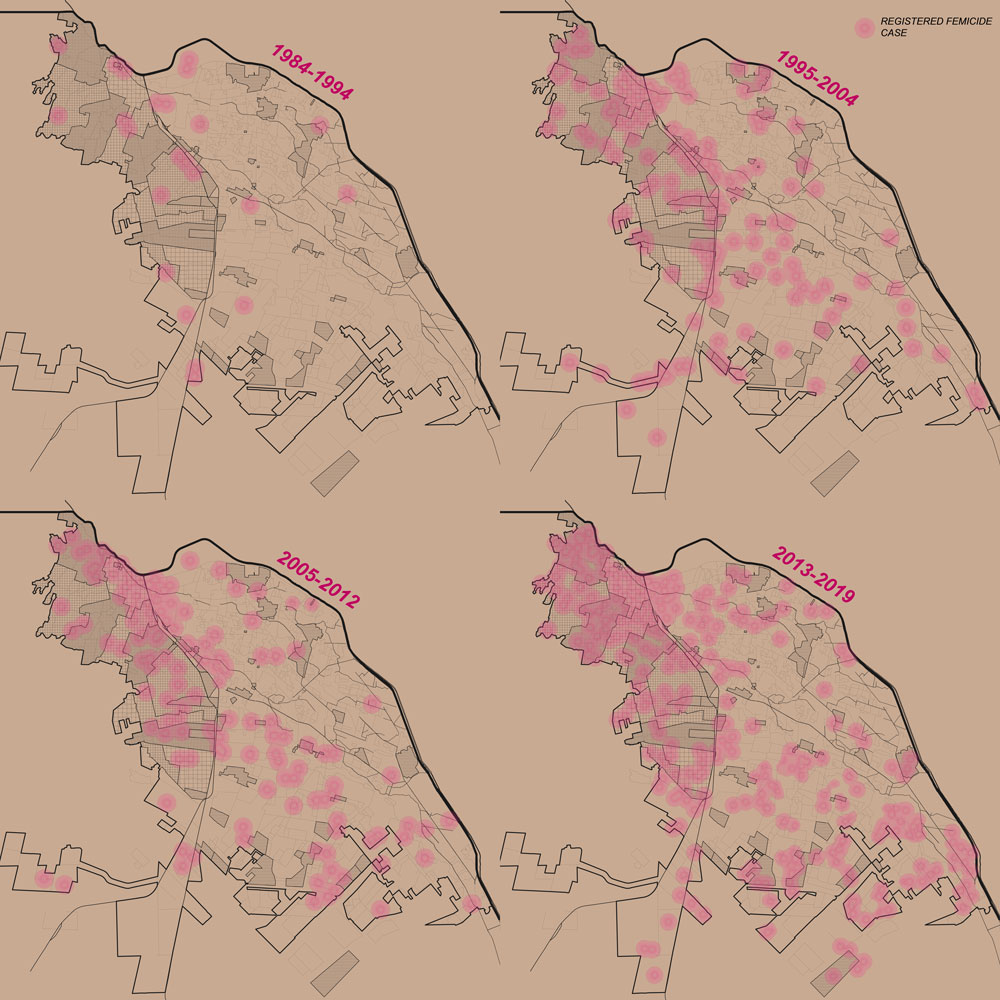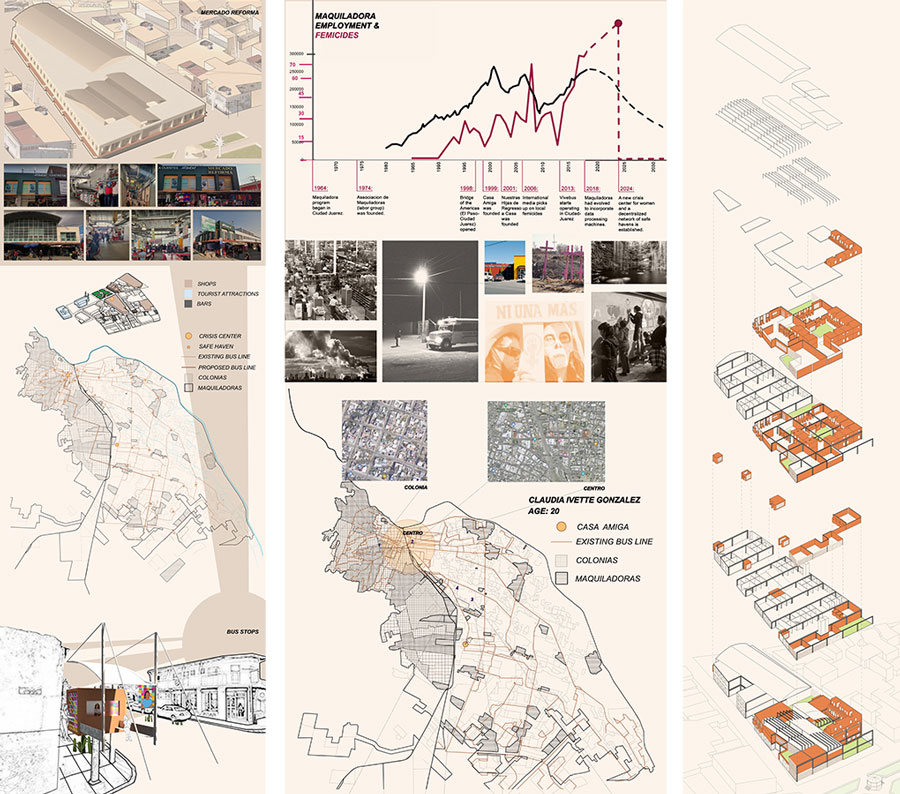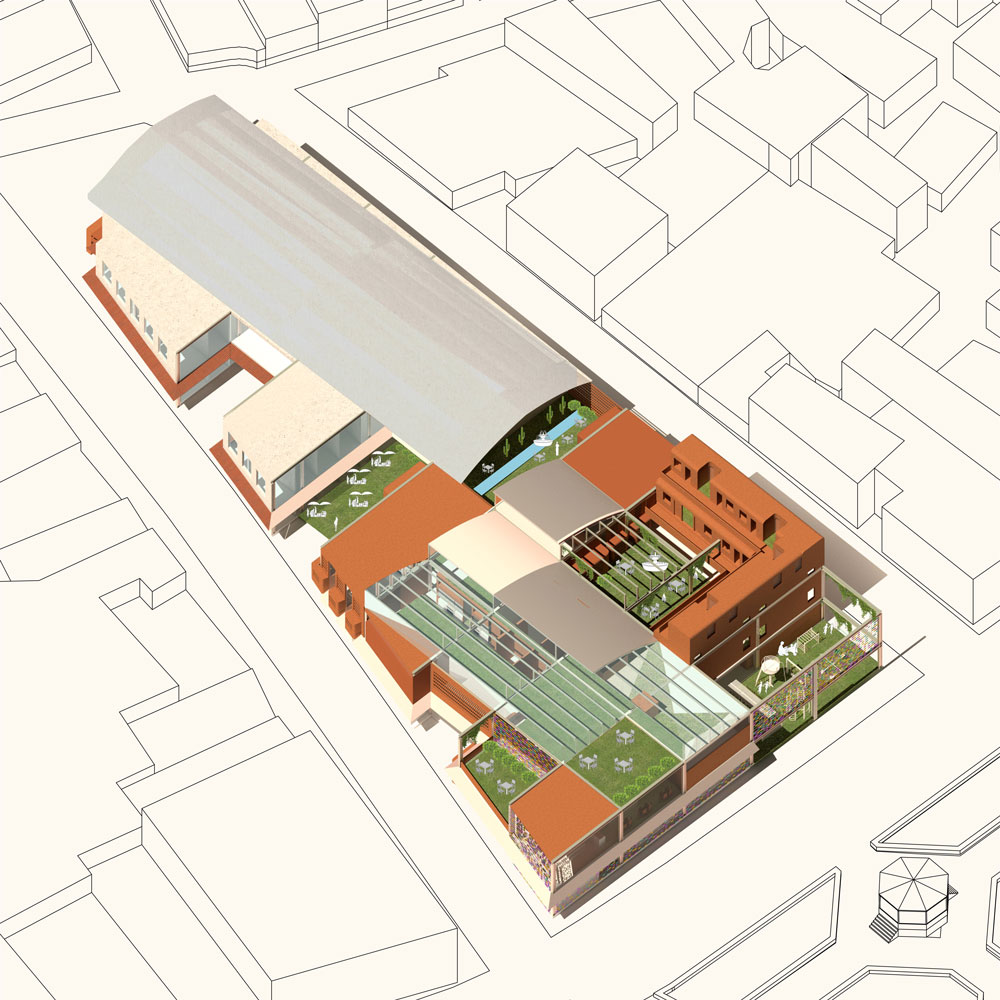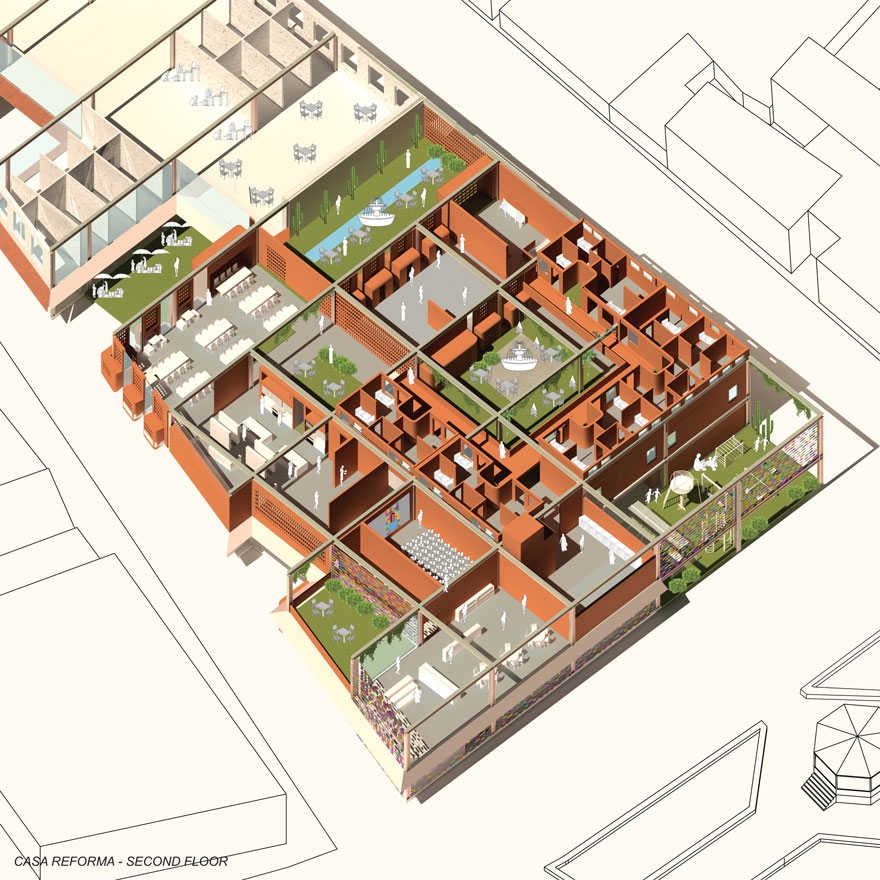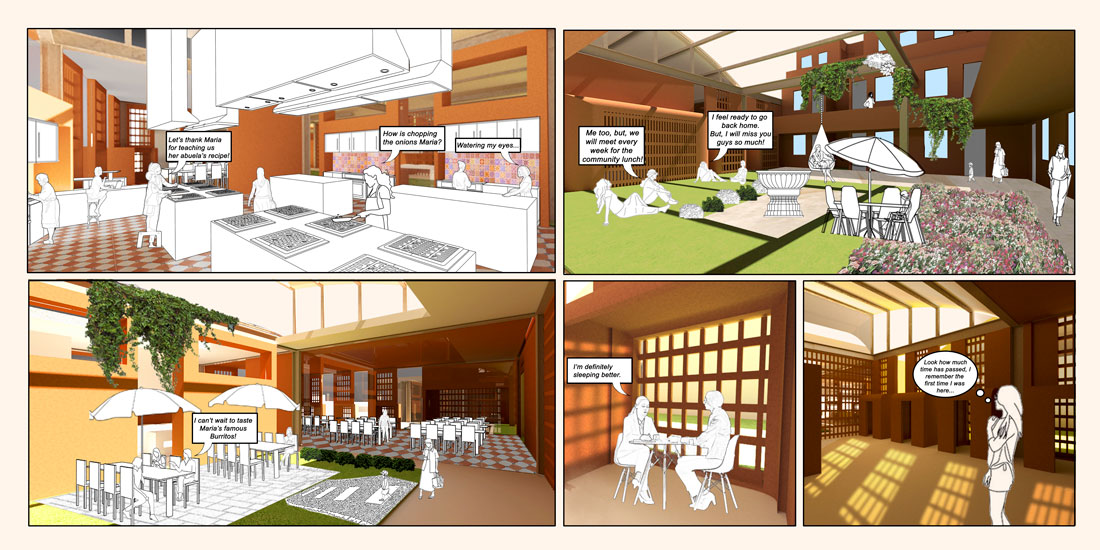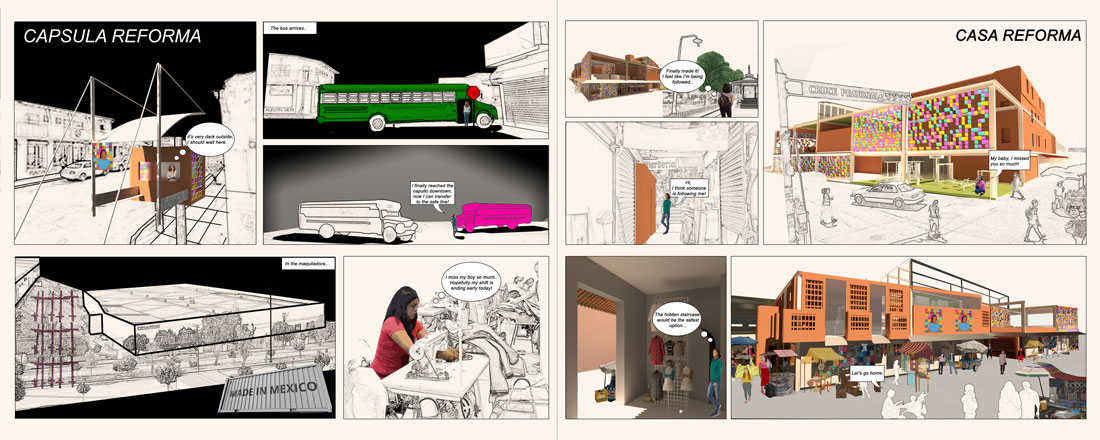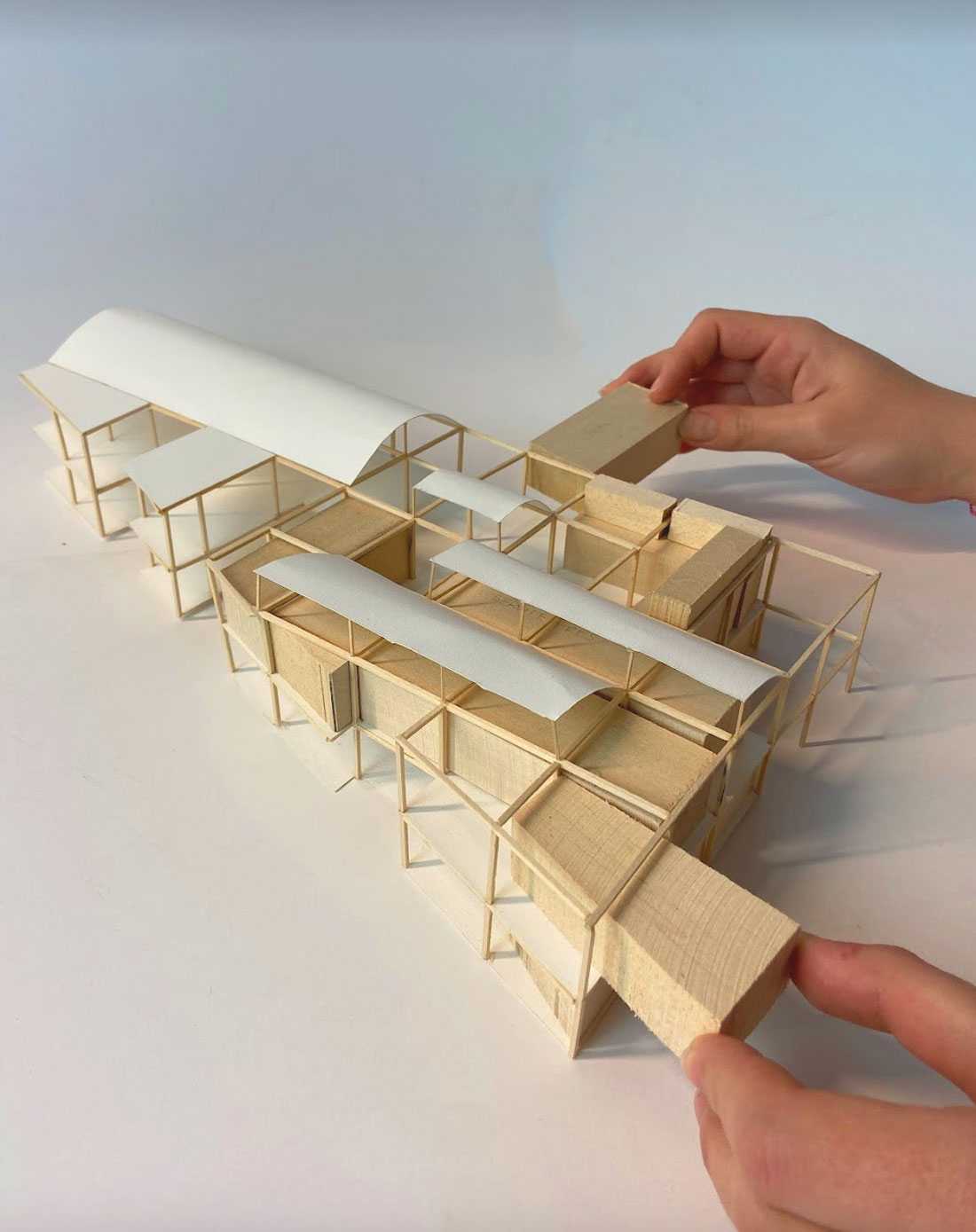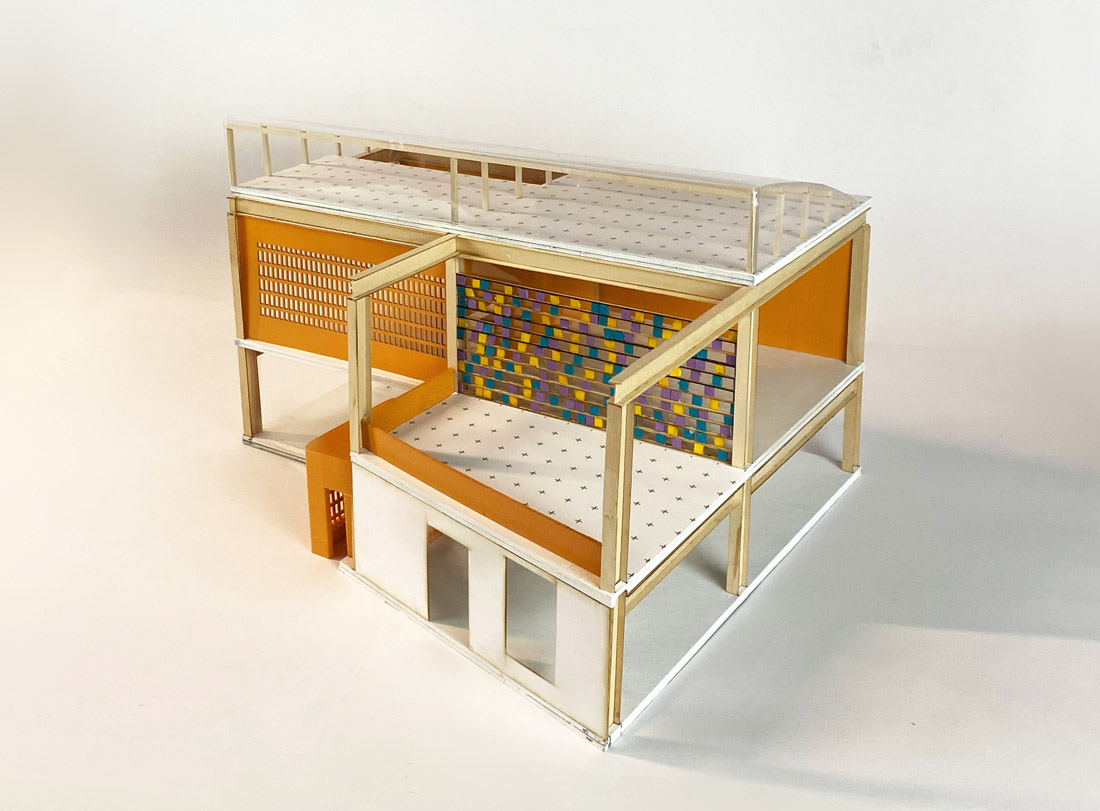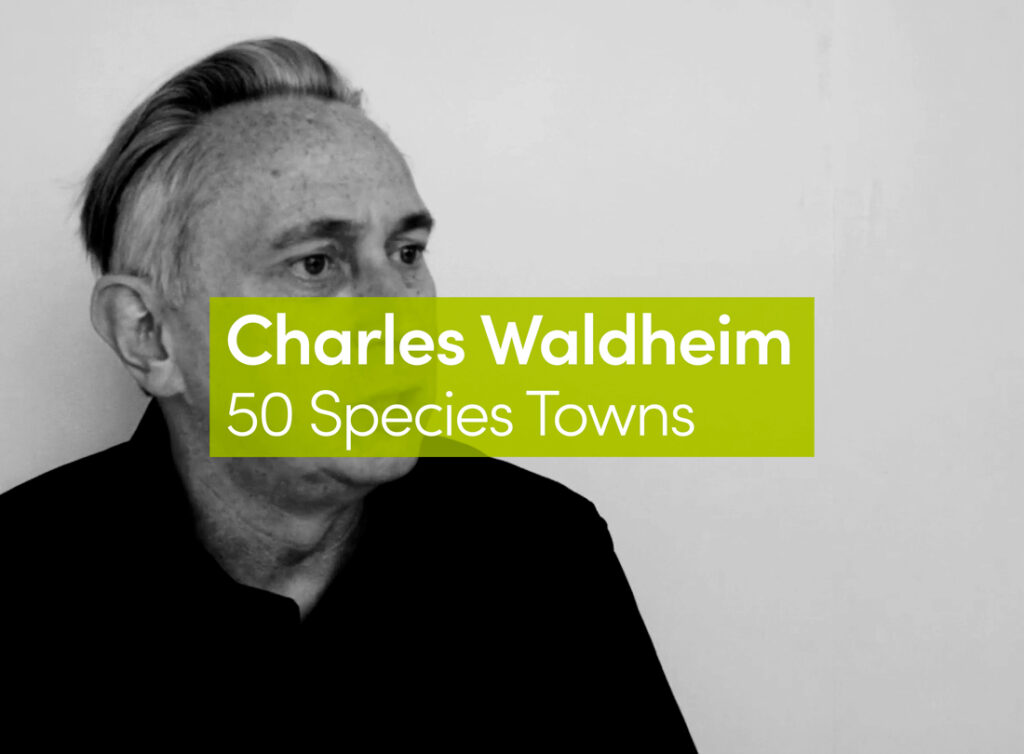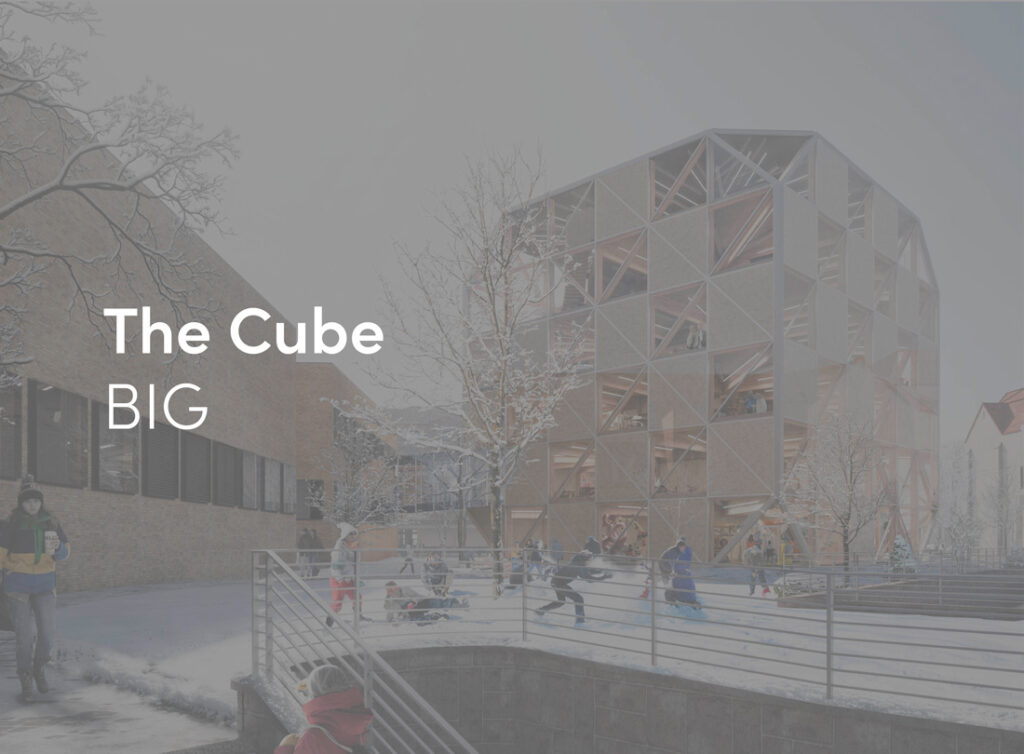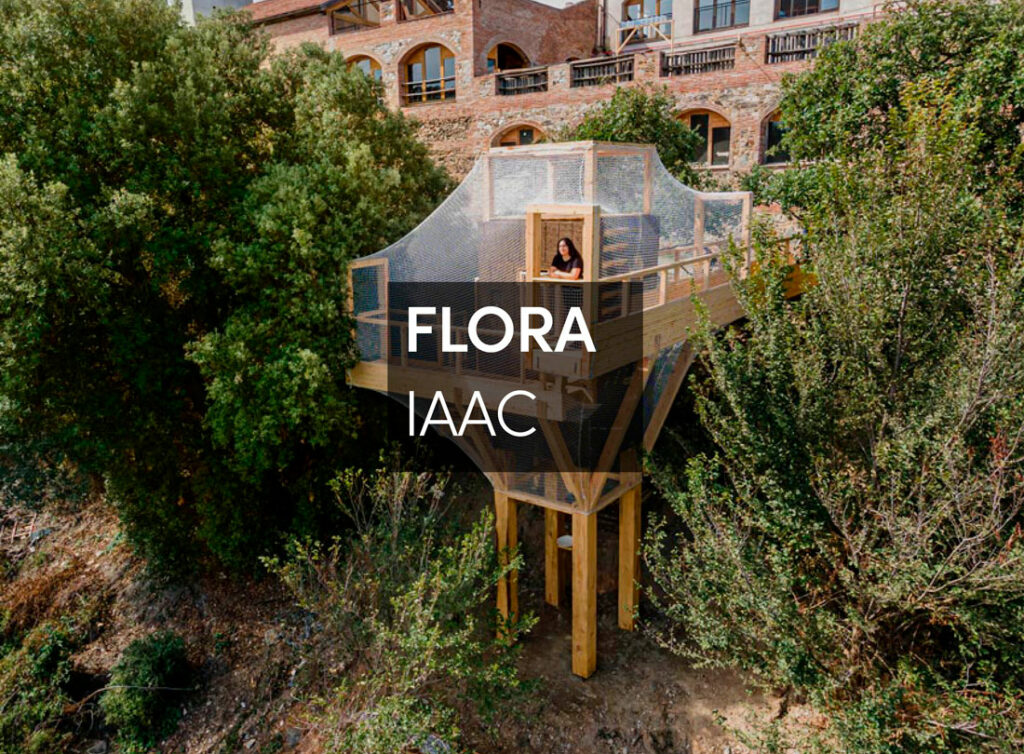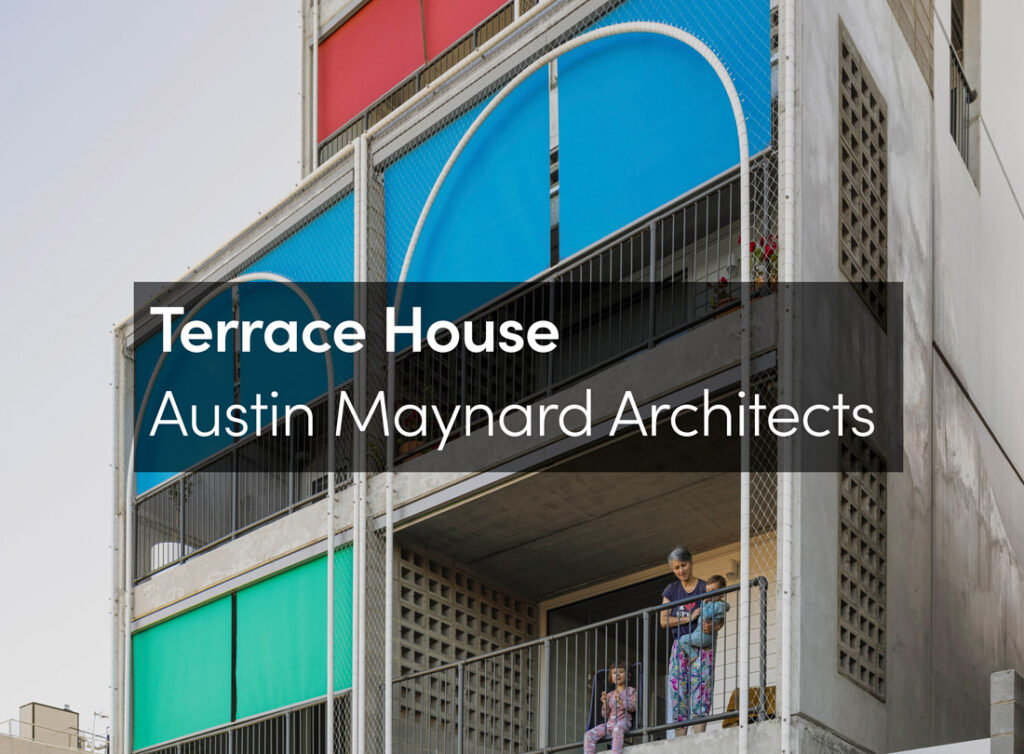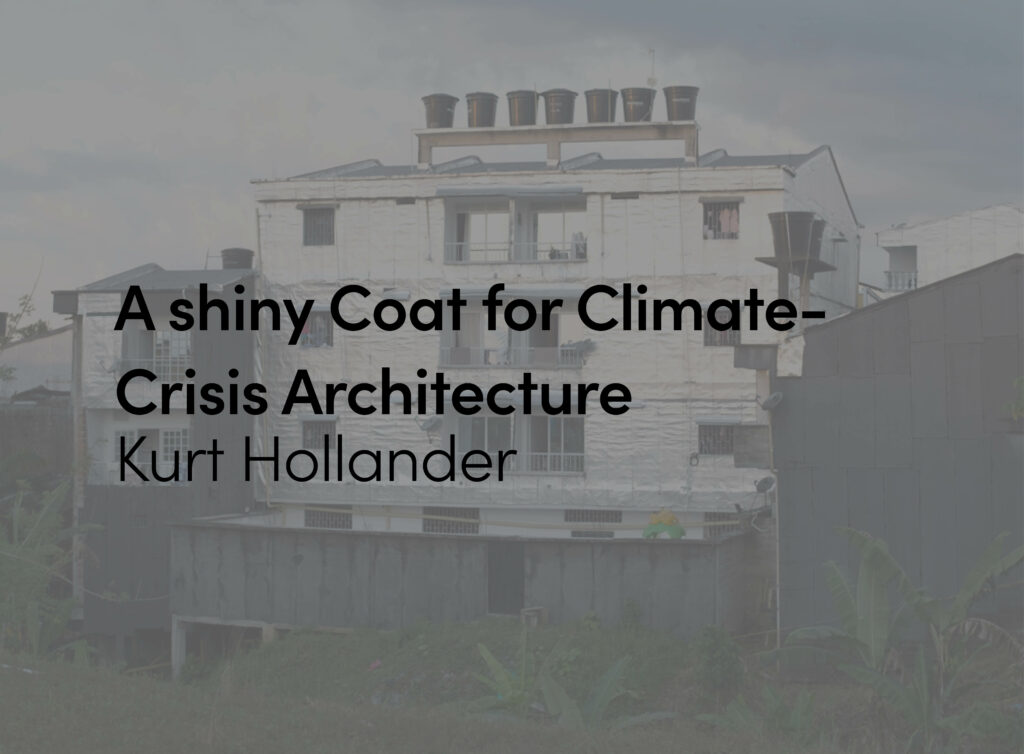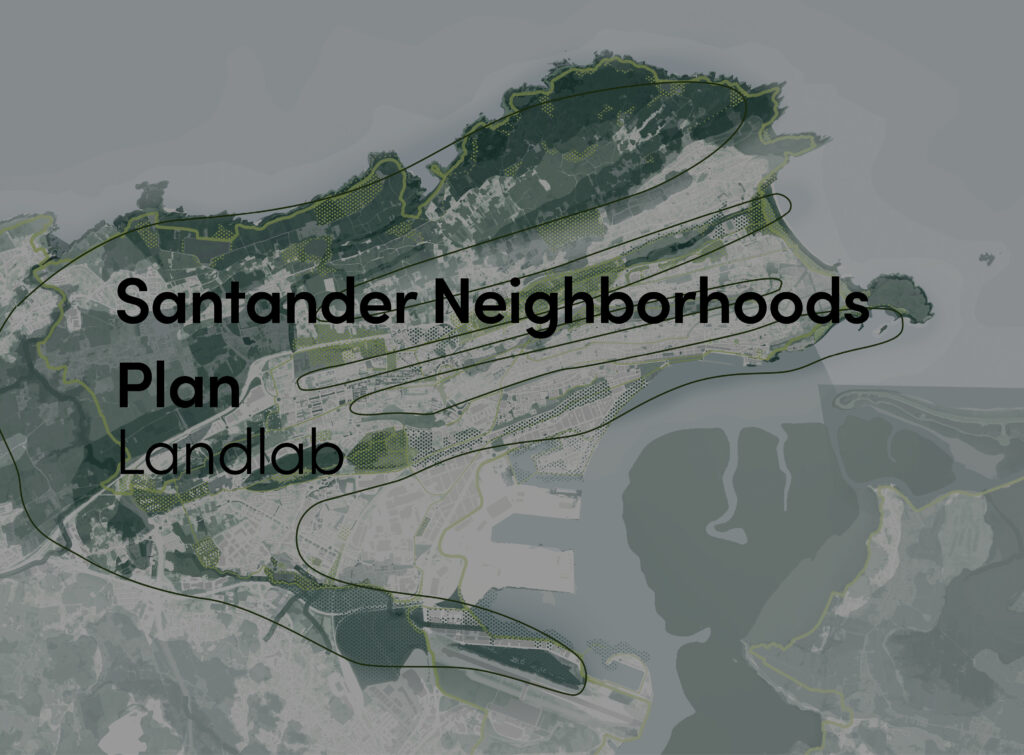Ciudad Juarez is a Mexican border city that is heavily industrialized due to cross-border trade between the U.S. and Mexico. The factories here are called maquiladoras and they favor female workers over men to perform their intensive labor. The globalization of the area combined with the culture of machismo has created a dangerous environment for the maquiladora women. They have been sexually assaulted, kidnapped and murdered during their commute to work, typically in the downtown area. The existing cultural structure and government institutions are not protecting their wellbeing. A potential way to address the issue could be through a crisis center for women in the downtown area, along with expansions of the bus transportation infrastructure, to create a system of centralized and distributed safe havens.
Maquiladoras are built by big American-owned corporations exploiting the lack of regulations and cheap labor in Mexico. The poor labor conditions cause health and safety issues for women employees who are severely overworked. Maquiladora women are also very underpaid, and on average they need to work over 12 hour shifts to make a living. Since the 1990s, with the ratification of NAFTA, the femicide of women in Ciudad Juarez has increased rapidly, which can be seen in the femicide map, showing the drastic increase in pink dots post 1994. This is also associated with an increase in maquiladora employment, which has a correlation to the commute via the city’s ViveBús , which began operating in 2013. These correlations can be more clearly seen in the timeline.
Moreover, the inflow of people and ideas from the U.S. post NAFTA altered social norms in Northern Mexico, which led to the emergence of new cultural practices and beliefs that were foreign to the region. As a result, Ciudad Juarez’s female population began to lead different lives, including venturing out on their own. The existing culture of machismo combined with this new cultural influence also contributed to raising the rate of femicide, making the workplace and the city unsafe for women. Our centralized crisis center will help women affected by these issues, and our distributed network of safe haven bus stops throughout the city will address the issue of making the daily commute safer for women in the city, while also raising awareness of the crisis center.
Currently, there is only one crisis center for women in Ciudad Juarez, called Casa Amiga. Its founder, Esther Chavez Cano, has expressed the desire to build another Casa Amiga, downtown, closer to the colonias where women live. In response, the centralized crisis center, Casa Reforma, an extension of Casa Amiga, will be sited in the downtown area. The downtown acts as a point of transition between bus lines and connects the two sides of Ciudad Juarez together, as seen in the map of the city. The distributed network of safe havens acts as an extension of the existing bus infrastructure, providing a safe place for women to access throughout the city.
In the heart of the downtown commercial district, the crisis center is incorporated into an existing market building called Mercado Reforma, which is an important building to the community. It is a lively marketplace located in front of a touristic church and a historic park that has been the site of significant protests. A block away is an organization dealing with women’s wellness called Instituto Municipal de las Mujeres, whose services could potentially be coordinated ours in the future. The market is on La Paz street, which has a high concentration of nightclubs, bars, and cantinas, where women work late nights after their day shifts at the maquiladora. This thoughtful location will increase the visibility of the crisis center for the women of Ciudad Juarez.

The two main formal strategies are insertion and removal. The insertions are our programmatic elements, which are introduced into the marketplace. Focused on the process of healing, the programmatic insertions are grouped into three categories: private residential, semi-private healing, and community. The layering and sequence begin with women accessing the crowded, public marketplace on the first floor. On the second floor, they reach the community room first, then the semi-private healing areas through counseling pods, dining pods, and kitchens. Finally, they find themselves in the private residences and their sanctuary-like courtyards. These insertions have been made on the second floor in order to maintain the existing public market quality of the first floor, and to distinguish between intimate and busy spaces. However, on the first floor, there is a network of distributed safe haven pods across the marketplace that women can access in case of emergency.
The removals are associated with different purposes, creating outdoor spaces used either for the existing market’s commercial activity or for our program. The removal in the middle of Noche Triste is specifically for the women in the community to sell the ceramics they make in the crisis center. This removal creates an arcade that connects the two sides of the building through an outdoor commercial space. It also activates the opposite street, which is less busy than Noche Triste. On the main street, Av. Vicente Guerrero, this removal is a playground for children, acting as an extension to our daycare program. The interior removals on the second floor create courtyards that provide spaces for the community with increased light and safety.
The material choice for the additions depends on the existing material of Mercado Reforma: it is made of exposed steel, concrete and glass. The material for the insertions of the crisis center is locally sourced, sustainable adobe. By having a bright and colorful façade, the building stands out and becomes an attraction. The storefronts of the shops showcase the goods and create a colorful and lively panorama. The adobe material of the insertions creates a sense of calm. On the façade, two types of screens are used. A brick louvered system closes off the more private pods in the healing room for counseling and the more intimate pods in the dining room. The community spaces flaunt a screen made of traditional Mexican patterned ceramic tile, produced by women in the ceramics studio. These screens cast a shadow to express the passage of time, an important concept for healing over time.
The existing marketplace, Mercado Reforma, has a gridded steel structure: the three bays of curved steel roofs in the front, and a larger curved steel roof at the back. The insertions fit perfectly within the existing structure of the marketplace, highlighting the adaptive reuse nature of the project. We are also maintaining the existing roof structure throughout: in some spaces the roof remains as is, and in some places it becomes an operable shading device for the removals. Glass is installed on the roof structure for the greenhouse spaces, where women can heal through community gardening as well.
All the architectural features adopted for Casa Reforma are encapsulated in the distributed safe haven bus stops as well. First, the pod architecture is reflected in the primary form of the havens. The bus stops are called Capsulas Reforma, (Reforma Pods in Spanish). The curved steel roof from Mercado Reforma is also featured on the bus stops. Further, the ceramic tile screen with the combination of turquoise, pink, yellow and patterned ceramic tiles are also adopted for the Capsula Reforma, truly making it an offspring of Casa Reforma. This is intended to help raise awareness of the crisis center in the city. In addition to being used on the façade, the tiles that women make can also be sold in the store of the pod, where an employed shopkeeper is present at all times to provide additional security in the store. Magazines are also propped up on the tiles – spreading education and awareness for the women of Ciudad Juarez as they move through the city on a daily basis, supporting their strength and presence in society.
